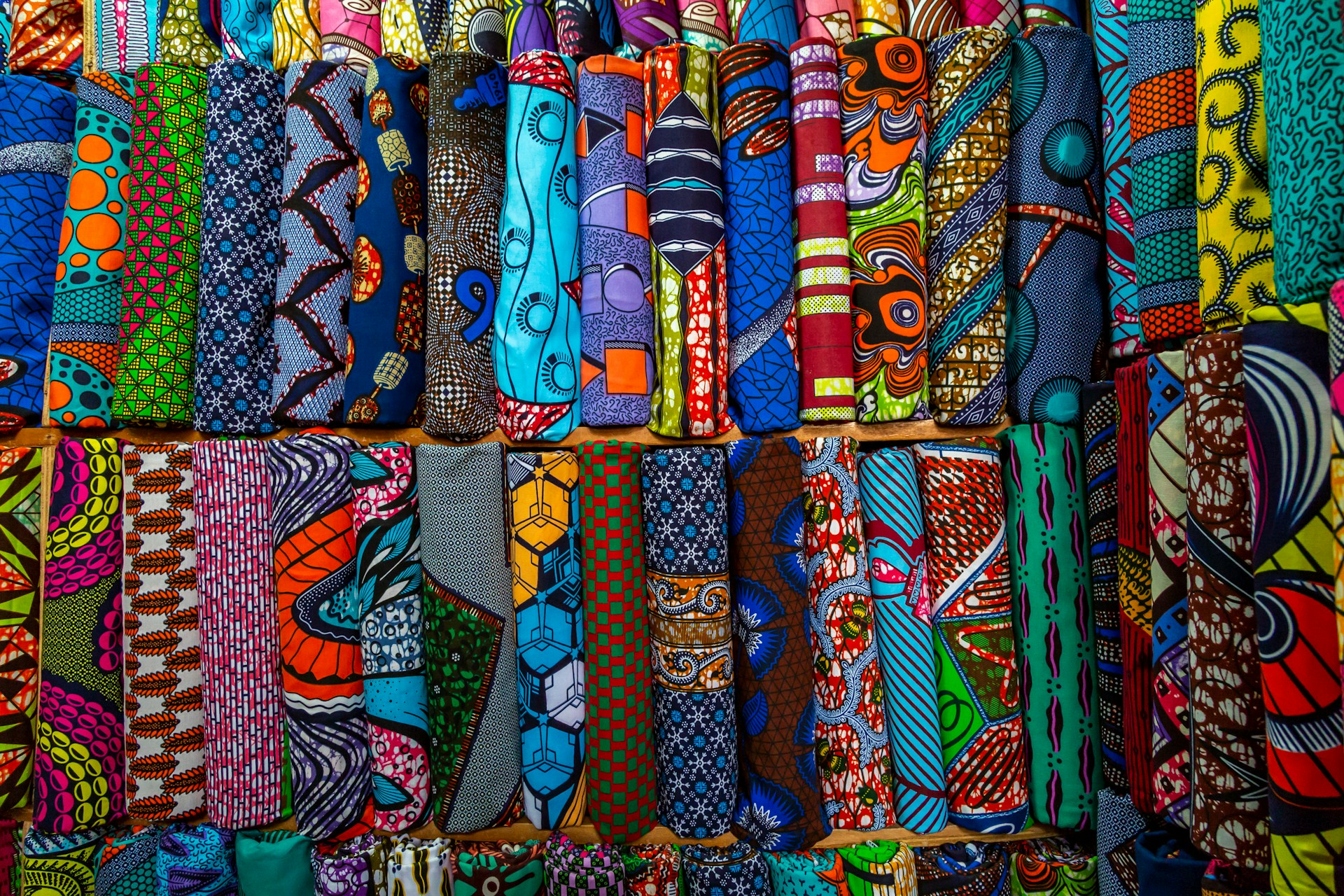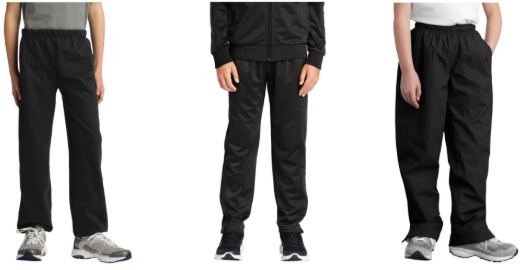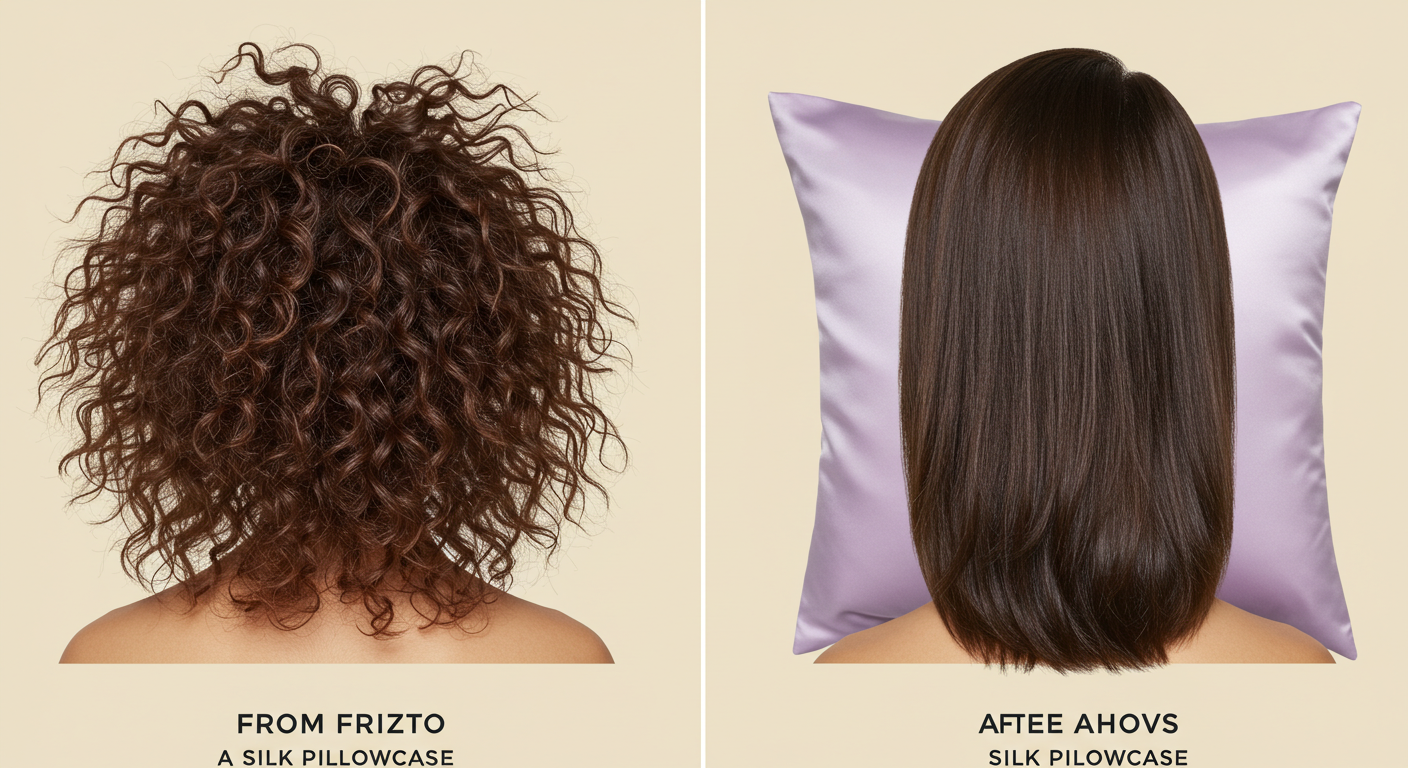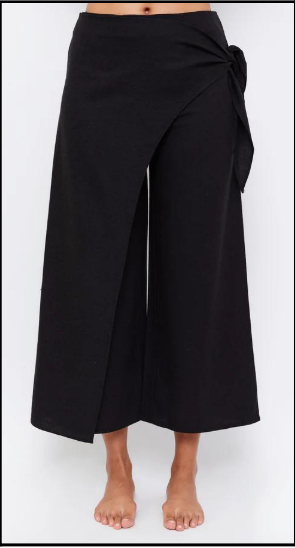African culture is a kaleidoscope of richness and diversity due to its miscellaneous array of cultures, traditions, and customs, all emerging from the continent’s deep and captivating history.
This article delves into the abundant and diversified clothing and beauty traditions of Africa, where fashion and personal care are deeply interwoven with the natural world. Rooted in the continent’s rich natural landscape and practices passed down through generations, African beauty and fashion maintain a profound connection to the earth, offering a timeless statement to the creativity and resilience of its people.
Fashion
Nature, not just the reason we can breathe but also Africa’s ultimate fashion guru, shows us that vibrant sunsets, wild landscapes, and earthy textures can shape one of the most breathtaking styles. Moreover, Africa’s rich cultural heritage is reflected in its clothing, showcasing a vibrant mosaic of traditions and customs that are relevant to each continent’s community. Each article of clothing has a story to tell, using patterns, motifs, and techniques transmitted from one generation to another. There are several traditional and significant garments worn across the African continent, each serving as a feast for the eyes, emanating energy, vitality, and joy. Here are a few examples:
- Dashiki: It’s a loose-fitting, colorful tunic that knows no gender-wearing barrier, even though it was initially worn predominantly by men in West Africa. People have embraced the dashiki blouse as a way of celebrating their African history, fostering a sense of pride in their heritage. As a result, many men and women wore this piece of clothing during Black History Month. Dashiki has a heart-shaped pattern on the V-neck, adorned with vibrant patterns, and is often made of cotton, silk, or lace.
- Boubou: It’s a flowing, loose-fitting garment that can be quite elaborate due to its exquisite craftsmanship, vibrant colors, and intricate embroidered designs. In African culture, Boubous serves as the ideal attire for a variety of occasions, such as religious ceremonies, weddings, festivals, and even everyday life. Boubous are catching the attention of fashion enthusiasts and influencers worldwide, as it’s very easy to stay cool while wearing it.
- Kanga: This large, rectangular piece of fabric holds a particular place in the hearts of East African women. Traditionally, each Kanga features a bold design that often includes a Swahili proverb with a deeper meaning. These sayings often express love, wisdom, and empowerment. Kanga’s designs can range from geometric patterns to floral motifs. African women style it as headwraps, shawls, skirts, or even baby carriers. Kanga embodies the spirit of femininity, identity, and cultural pride.
Dresses
African women are seen as epitomes of elegance and beauty globally, and it’s no wonder, considering their breathtaking dresses. Their aesthetic and design reflect the essence of feminine energy, with bold reds, vibrant yellows, deep blues, and lively greens that evoke a sense of vitality and strength. African materials are globally admired for their meticulous craftsmanship and exquisite fabrics, featuring designs often infused with vibrant geometric shapes or cultural and social motifs. If you seek to immerse yourself in the vibrant tapestry of African fabrics and to truly appreciate their magnificent beauty, AfricanFabs offers a splendid array of options. Their collection invites you on a journey through a rich cultural heritage, where each fabric tells a story of tradition, color, and craftsmanship.
Moreover, African dresses are incredibly inclusive, flattering all body types, whether in the flowing elegance of a maxi dress or the curve-hugging silhouette of a mermaid gown. In addition to the present-day textures such as silk, chiffon, and organza, which are now partially integrated in African dresses, they use their own conventional textures like Ankara, Kente, Adire, and Kitenge.
Headwraps
The African headwrap is more than a simple fashion statement, as it symbolizes pride, tradition, and cultural identity. Headwraps were the core of female identity, as enslaved African women who were living in America had no choice but to cover their hair and look as undesirable as possible to avoid jeopardizing the beauty standards imposed by White women.
Today, African women take great pride in their headwraps, wearing them not only for their cultural significance but also because they’re simply stunning. They come in many patterns, such as geometric, floral, abstract, animal, stripes, zigzags, and tribal prints, adding a sense of sophistication even to the most basic outfit.
Jewelry
African jewelry has played a substantial role in contouring global jewelry trends, influencing everything from the regal adornments of ancient Egyptian pharaohs to the eclectic, free-spirit designs of contemporary bohemian fashion. Their jewelries transcend the mere concept of accessories, each piece serving as a bold statement, embodying self-expression, creativity, and identity. African jewelers have revealed that their creative process is deeply rooted in storytelling and emotion, aiming to evoke specific feelings and narratives through each piece of jewelry they craft. Their masterpieces stand as an antithesis to monotony, breathing life into metal and gemstones. Here are some striking combinations typically seen in African jewelry:
- Turquoise and silver
- Red coral and brass
- Black onyx and gold
- Green malachite and copper
- Lapis lazuli with sterling silver
Shoes
In Africa, sandals are a common sight, often enhanced with detailed embroidery that reflects the skills of local craftspeople. Each stitch and pattern are a testament of the rich African heritage, becoming a walking statement of cultural pride and artistic expression. Hollywood A-listers and British royals are big fans of the humbleness of African shoes, as simplicity became a luxury in this fast-paced world where brands and price tags often dictate value. African shoes set aside from the ostentatious products that dominate markets, providing a refreshing, authentic experience that’s incredibly rare, and thus, more valuable.
Final Thoughts
To live a life devoid of the curiosity to delve into Africa’s rich cultural tapestry and allow its wisdom and beauty to enrich your own journey would be an immense loss, one that deprives you of the countless opportunities for growth and understanding.












